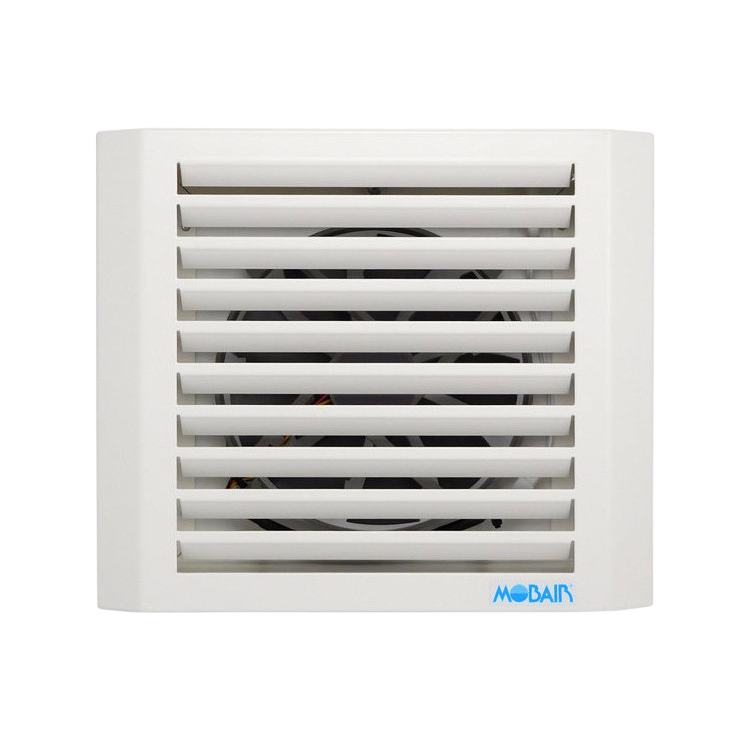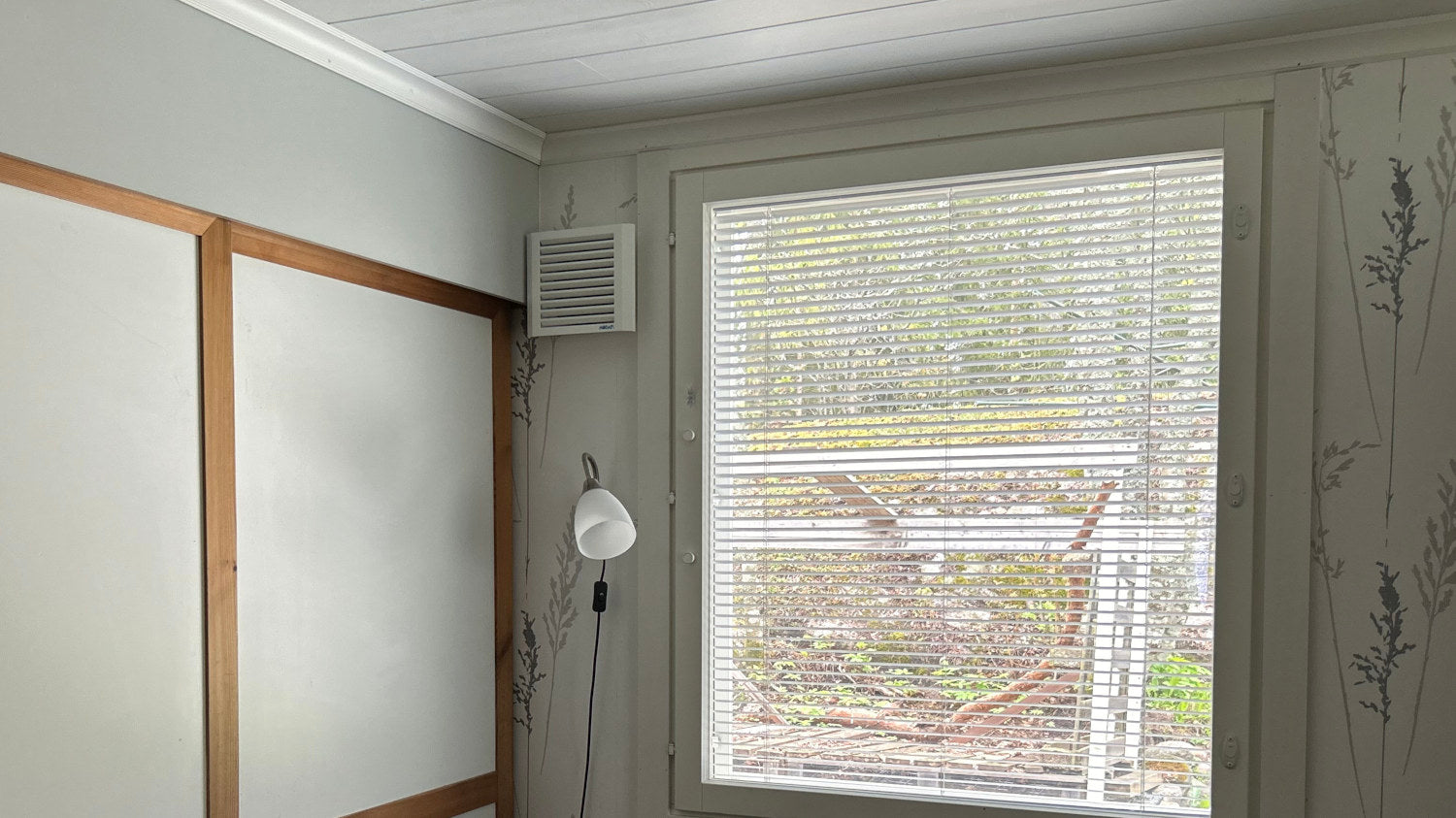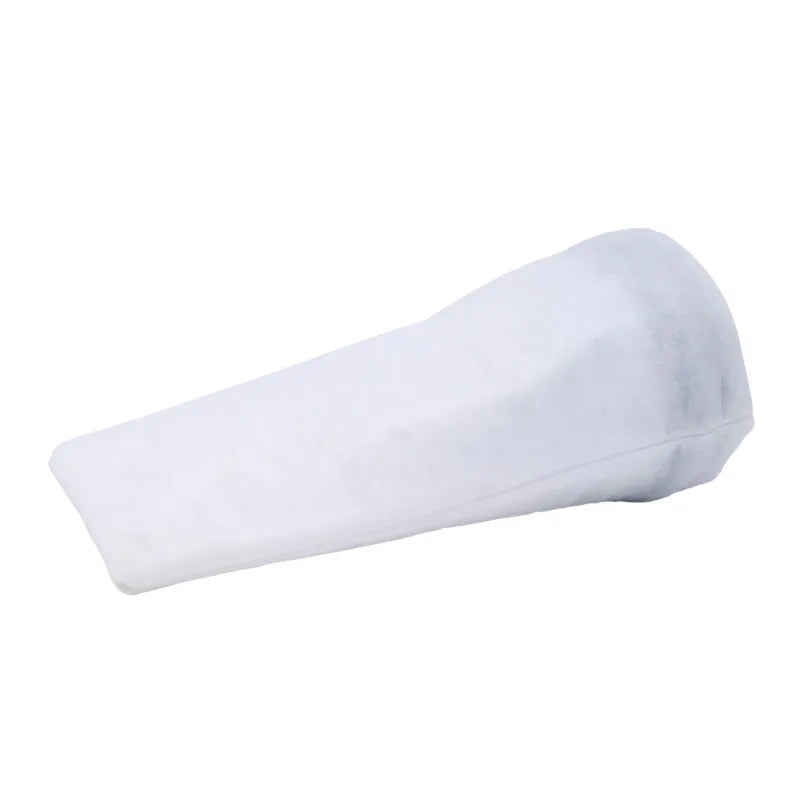How to Evaluate Your Home’s Air
Ask yourself a few simple questions:
Is the indoor temperature comfortable?
Most people find anything above 24 °C stuffy and anything below 20 °C drafty. Cooler temperatures suit bedrooms, while slightly warmer air helps in workspaces.
Does the air feel fresh when entering the room?
Air that feels heavy or stale can indicate too much carbon dioxide (above 1200 ppm). Proper air exchange fixes this.
Can airflow be adjusted easily?
The right intake vents or fans allow you to balance airflow and temperature effectively.
Easy Ways to Improve Ventilation
Use the right air inlets: Install wall-mounted intake vents to bring in fresh air without unpleasant drafts.
Boost older systems: In homes with natural (passive) ventilation, air often enters through cracks or window gaps. Adding inlet vents or a small fan improves performance year-round.
Control fan power: In modern homes with mechanical ventilation, you usually need just 30% of maximum power for everyday use. Higher power is only needed in bathrooms and kitchens during active use.
Avoid excessive operation in winter: Over-ventilating cools the home, dries indoor air, and wastes energy. Use heat-recovering or pre-heating vents to stay efficient.
Natural and Mechanical Ventilation
Passive systems rely on temperature differences and wind to move air. They work best when fitted with quality intake vents and filters. During windy or cold weather, air movement can be too strong; smart vent filters and silencers can help.
Mechanical systems use fans for consistent exhaust and supply. If cold outside air causes drafts in winter, install heated intake vents to balance comfort and airflow.
The Bottom Line
You don’t need a full renovation to improve your home’s air. Small updates like intake vents, extractor fans, and proper settings go a long way toward fresher, healthier indoor air — especially in bedrooms and other living spaces.








